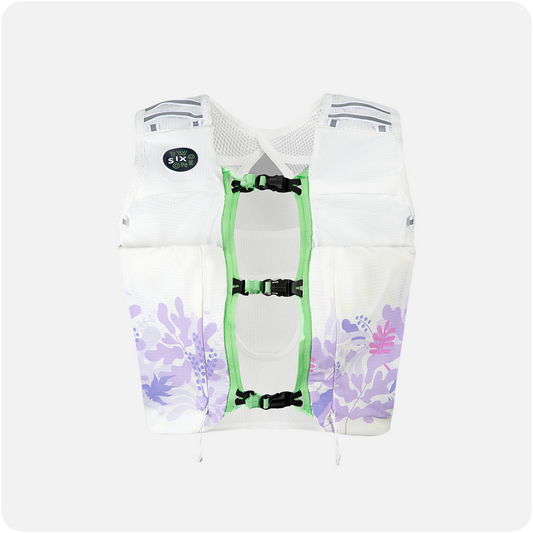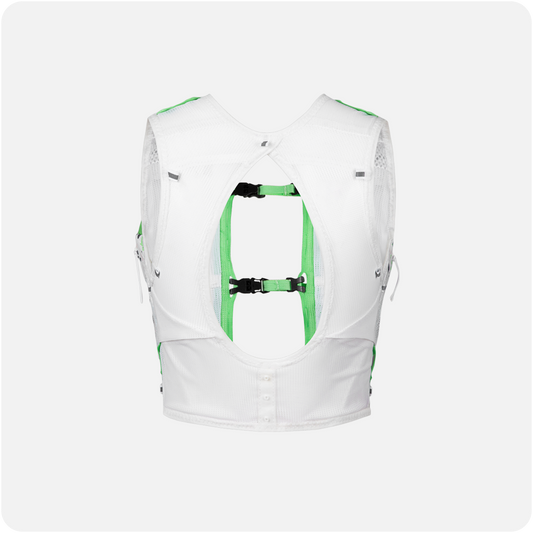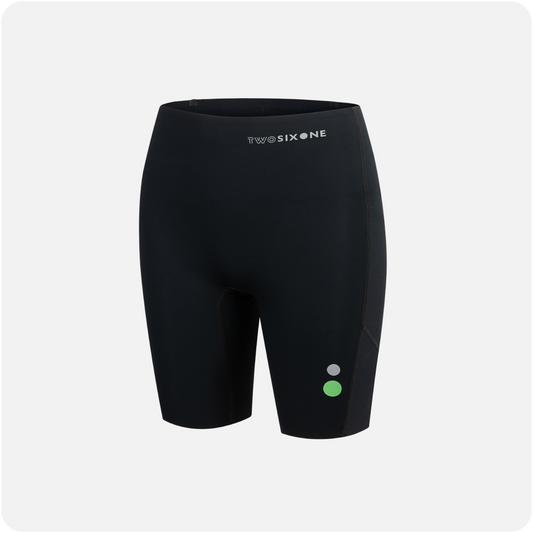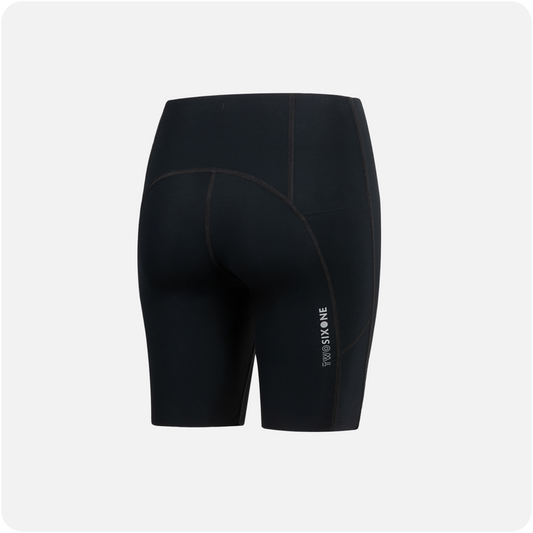Long trail running and hydration: Mistakes to avoid for pain-free running
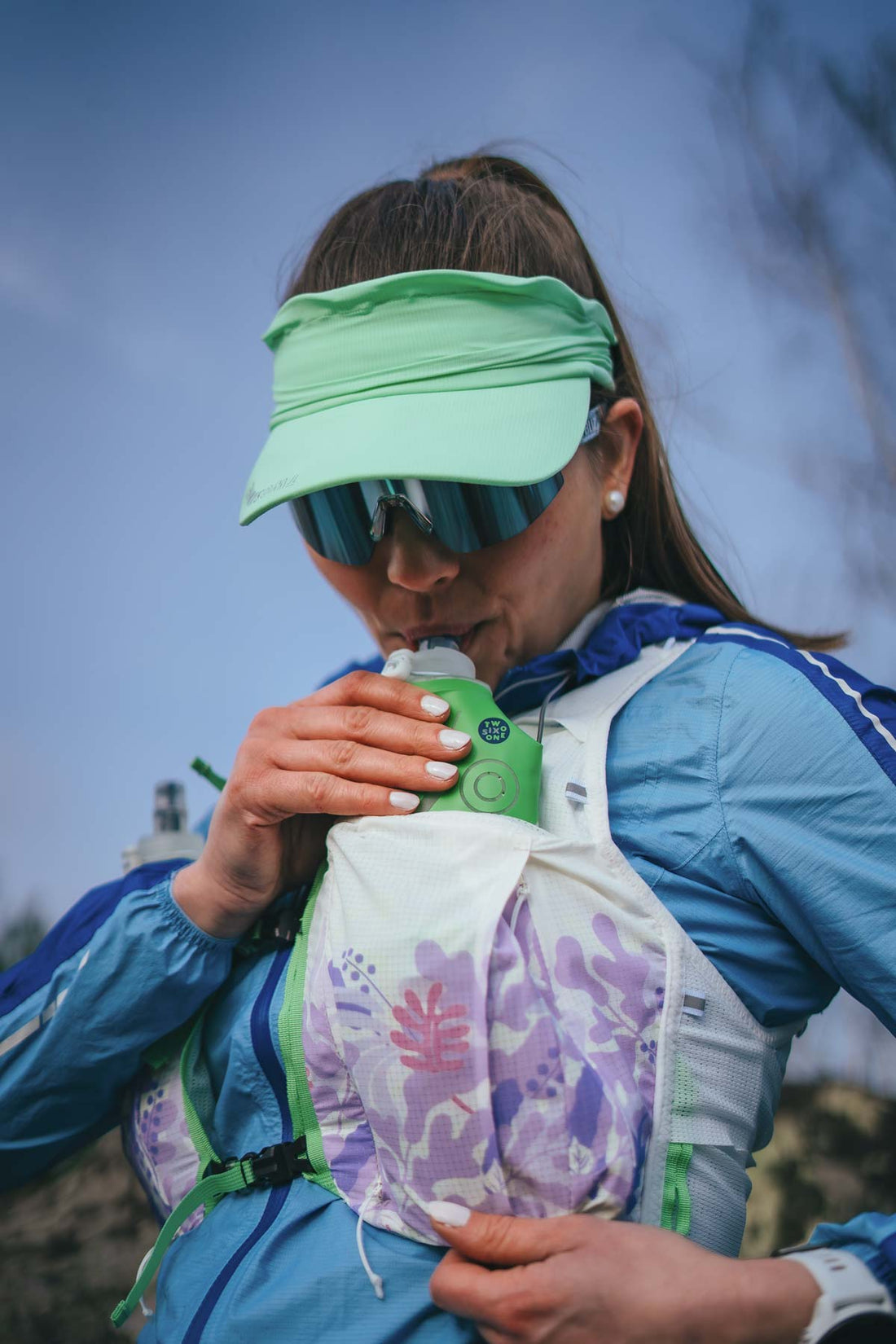
Poor hydration can ruin your run
Hydration is often overlooked in trail running, yet it is one of the most important factors in performance and well-being during the race . Poorly managed hydration can cause premature fatigue, cramps, digestive problems and even heatstroke .
Drinking too little? You risk dehydration and loss of energy.
Drinking too much? You may feel bloated and uncomfortable.
So, how do you find the right balance and avoid mistakes that can ruin a ride or race? In this article, we decipher the most common hydration mistakes and the best practices to adopt to optimize your performance and comfort over long distances.
1️⃣ Why is hydration crucial when trail running?
🔹 Performance and recovery
Water is essential for maintaining good blood circulation and oxygen supply to muscles . A hydration deficit of 2% of body weight can already reduce performance by 20% .
🔹 Dehydration: the signs that should alert you
⚠️ If you experience a sudden drop in energy, dizziness, headaches or cramps , it is often a sign of insufficient hydration.
🔹 Drinking too much: a danger too
Drinking too much can cause hyponatremia (dilution of salt in the blood), which leads to nausea, swelling and extreme fatigue .
Key points :
✔️ Hydration plays a key role in energy, thermoregulation and recovery.
✔️ Drinking too much or too little can affect your performance and well-being.
2️⃣ The most common mistakes and how to avoid them
1. Wait until you are thirsty to drink
❌ The classic mistake: waiting until you feel thirsty to drink.
✅ Good practice : Drink small, regular sips (150-200 ml every 15-20 min).
2. Not adapting your hydration to the weather conditions
❌ In summer, you sweat more → risk of dehydration.
❌ In winter, we are less thirsty → but the body still needs water!
✅ Good practice : Adjust your drinking intake according to temperature and humidity.
3. Drink only water and forget about electrolytes
❌ Water alone does not compensate for the loss of mineral salts (sodium, potassium, magnesium).
✅ Good practice : Supplement with an isotonic drink or electrolyte tablets.
Key points :
✔️ Anticipate hydration and don't wait until you feel thirsty.
✔️ Adapt your hydration to the weather conditions.
✔️ Combine water and electrolytes to avoid fatigue.
3️⃣ Stay hydrated while trail running
1. Use a suitable hydration vest
✅ A good trail bag allows easy access to water, without discomfort or friction.
2. Alternate water and energy drinks
✅ Drink 80% water and 20% isotonic drink to balance hydration.
3. Test your hydration plan during training
✅ Every runner has different needs. It's best to test in training to avoid unpleasant surprises during the race.
Key points :
✔️ Have suitable equipment to hydrate easily.
✔️ Alternate water and electrolytes to avoid fatigue.
✔️ Experiment in training to find what works best for you.
Hydration, a key factor for trail performance
Properly managed hydration helps optimize energy, prevent cramps, and improve recovery . By adopting the right practices , you can run longer, with more pleasure, and without suffering .





